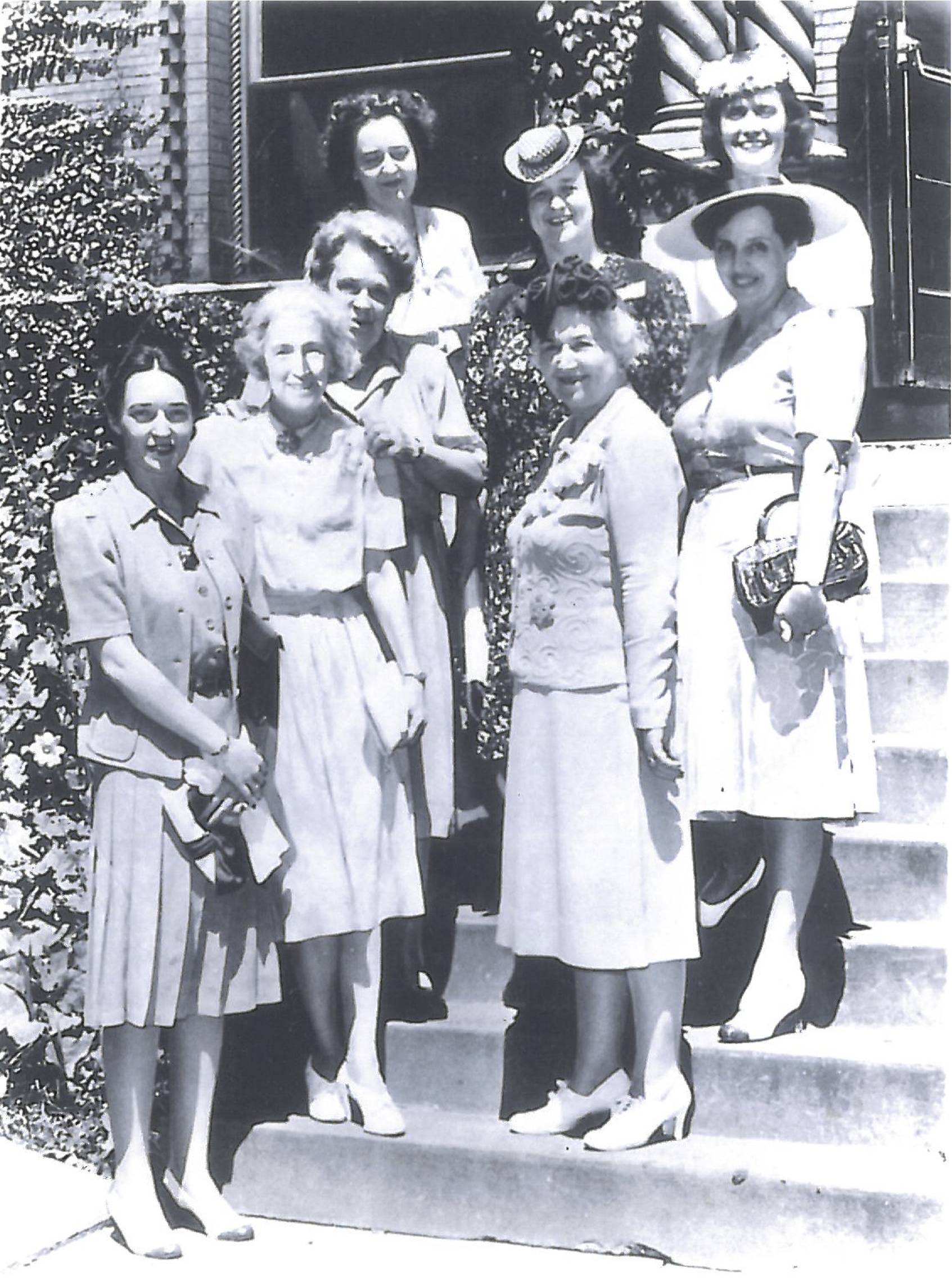History
How it all began...
Children’s theatre conferences called by the Association of Junior Leagues of America (AJLA) met in Cleveland in 1932, in Baltimore in 1936, and in Chattanooga in 1938. Even though there was representation from throughout America, the scope of these conferences was limited since they encompassed only league members.
In 1936, the American Educational Theatre Association (AETA) was formed as a nonprofit organization encouraging the development of theatre in education. A program on children’s dramatic activities was scheduled at its 1937 convention, and children’s theatre was designated as one of its standing committees. It was given the title "The Children’s Theatre Committee” (CTC). A children’s theatre section meeting was held at the December 1939 AETA convention and continued regularly thereafter.
In 1944, the first national meeting of the Children’s Theatre Conference was organized by Winifred Ward and held at Northwestern University. This group voted to continue functioning as a committee of AETA. Its members came primarily from two groups—educators and Junior League members—but also included volunteers and people employed by professional theatres and community centers. This was the first annual summer meeting, a tradition which continues today.
In 1951, the Children’s Theatre Committee became the Children’s Theatre Conference (CTC) of AETA with a membership-elected rotating board of nine members. The CTC operating code was adopted in August 1952. In December, CTC became the first division of AETA to have the chief executive officer designated as director.
Also in 1952, sixteen regions (including Canada) with their own organizational structures were established. At that time, the following objectives were listed in a pamphlet published by CTC:
- To promote the establishment of children’s theatre activities in all communities by educational, community, and private groups.
- To encourage the raising and maintaining of high standards in all types of children’s theatre activities throughout America.
- To provide a meeting ground for children’s theatre workers from all levels through sponsorship of an annual national meeting, regional meetings, and conference committees throughout the year.
From 1953–55, the definitions committee was charged with creating a "definition of terms.” Also in 1953, the regional organization became the regional council. This council became the CTC Governing Board in 1962 and worked under a new operating code.
In 1971, the organization’s name was changed to the Children’s Theatre Association (CTA), AETA’s name was changed to the American Theatre Association (ATA), and the relationship between the two groups remained the same.
For a brief time in 1974, the association was known as the National Children’s Theatre Association (NCTA). However, when it was discovered that there was another national association with the same acronym, the name was changed to the Children’s Theatre Association of America (CTAA).
During the 70s and 80s, many new CTA projects changed the field of theatre for youth in America. In 1976, a new committee was charged to redefine terms for the field with separate committees for children’s theatre and creative drama. In 1977, the first Children’s Theatre Wingspread Conference was held in Racine, Wisconsin. The first showcase for professional children’s theatre was held in 1980. 1982 marked the year of the formation of the Symposia on Issues in Creative Drama Committee.
In 1986, when ATA declared bankruptcy, CTAA disbanded, but its members incorporated their own organization, the American Association of Theatre for Youth (AATY). AATY was listed as the professional organization for theatre for youth educators, directors, performers, students, and volunteers from throughout America.
In 1987, AATY merged with the American Association for Theatre in Secondary Education (AATSE) to form the American Alliance for Theatre and Education (AATE).
|